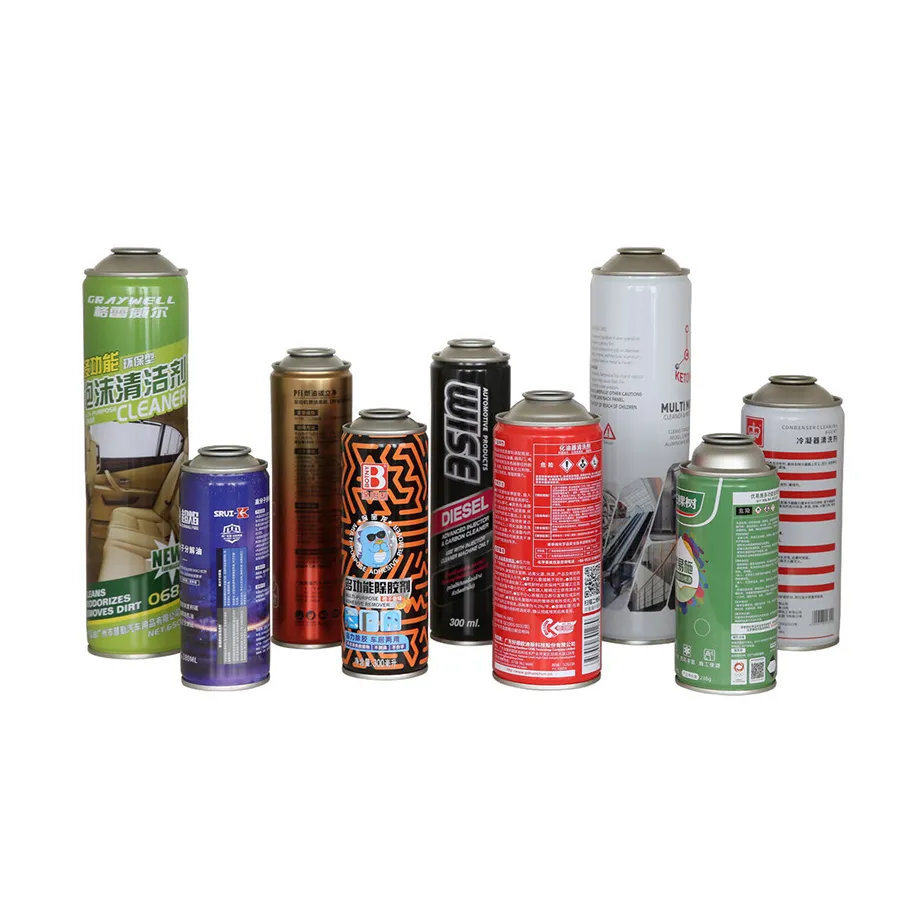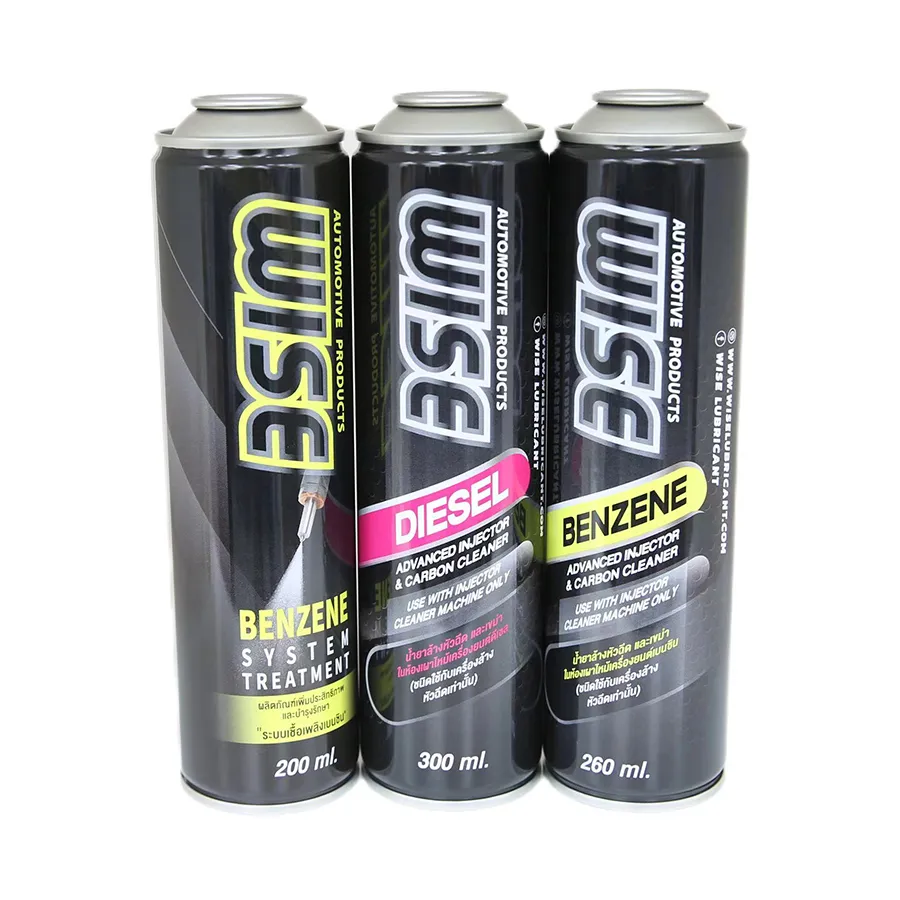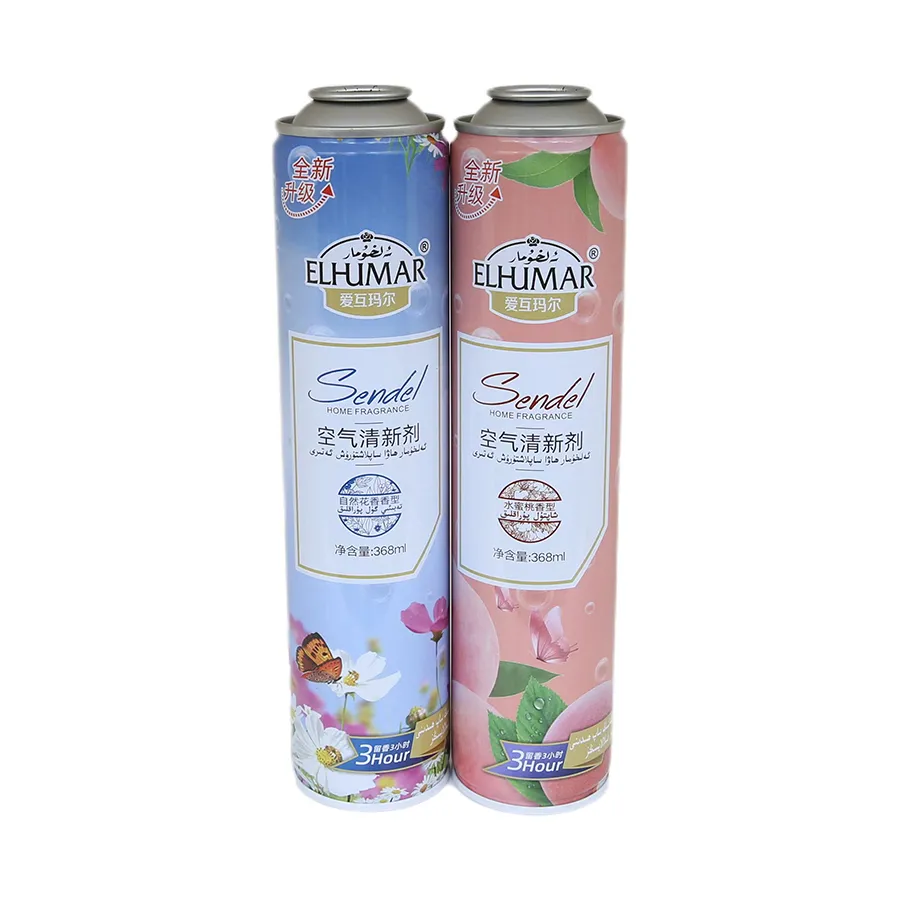Aerosol cans, also known as spray cans, are ubiquitous items in daily life. From air fresheners to insecticides, hair spray, paint, etc., they are widely used in various fields. However, many people do not know much about the internal structure, working principle and ingredients of aerosol cans. Why can aerosol cans spray fine mist? Are the chemical components inside it safe for the human body? This article will explore the structure and composition of aerosol cans in depth to answer these questions for everyone.

1. What is an aerosol can? What is its basic structure?
Definition and working principle of aerosol cans
Aerosol cans are a closed metal can that uses internal gas pressure to spray liquid or semi-solid substances in the form of mist. Its basic working principle is to quickly atomize the liquid through internal pressure, produce fine particles during the spraying process, and thus achieve a uniform dispersion effect. The reason why aerosol cans can spray fine mist is that they have a unique nozzle structure designed inside and are filled with propellants, so that the contents can be sprayed evenly when used.
What parts does the structure of an aerosol can include?
The structure of an aerosol can is relatively complex and mainly consists of the following parts:
1. Can body: Usually made of metal materials, mainly tinplate or aluminum, to ensure that the can body will not break under high pressure.
2. Nozzle: The nozzle is the core component of the aerosol can and is responsible for atomizing and spraying the contents. Different types of aerosol can nozzles have different designs, and the particle size and spray speed of the sprayed particles also vary accordingly.
3. Valve: The valve controls the outflow of gas and contents. By pressing the valve, the gas pressure can be released to spray the contents.
4. Dip tube: Connects the bottom of the can and the valve. When the valve is opened, the contents rise through the dip tube and spray out of the can.
5. Propellant: Propellant is one of the most important components in an aerosol can. It not only provides the pressure inside the can, but also directly affects the way the contents are sprayed.

2. What is in an aerosol can? What are the internal ingredients?
What is a propellant? How does it affect the spray effect of an aerosol can?
Propellant is an important component inside the aerosol can, usually a gas or liquid, which is used to push the contents out through pressurization or vaporization. The choice of propellant directly determines the spray effect and safety of the aerosol can. Common propellants include liquefied gases such as butane, propane, etc., or compressed gases such as nitrogen and carbon dioxide.
Propellants have two main functions: one is to generate pressure through vaporization, press the contents to the nozzle and spray them out; the other is to mix with the contents and atomize. Different types of propellants are suitable for aerosol cans with different uses. For example, liquefied gases such as butane are suitable for pesticides, while compressed gases such as carbon dioxide and nitrogen are often used for food sprays.
What are the main ingredients in the contents?
The contents of refillable spray paint can vary depending on the purpose, but usually include the following parts:
1. Active ingredient: This is the core ingredient of the refillable spray paint can and determines the main function of the refillable spray paint can. For example, the active ingredient of an air freshener may be a fragrance, while the active ingredient of an insecticide is an insecticidal chemical.
2. Solvent: The role of the solvent is to dissolve the active ingredient so that it can be evenly distributed. Common solvents include alcohol, ethanol, propylene glycol, etc. According to different product requirements, choose the appropriate solvent to ensure the stability of the active ingredient.
3. Additives: Additives are used to adjust the physical properties of the refillable spray paint can, including spray effect, odor and shelf life. For example, add an appropriate amount of stabilizer to air fresheners to extend the shelf life of the product.

3. Are the propellants and contents in the refillable spray paint can safe?
Is the propellant harmful to the human body?
Traditional propellants such as Freon will destroy the ozone layer and are therefore banned in most refillable spray paint cans. Today's propellants such as propane, butane and other liquefied gases are highly flammable, but they decompose quickly after being discharged and have little impact on the environment. However, if the propellant component is a compressed gas such as nitrogen, it is safer and non-toxic.
Although propellants are safe in moderation, inhaling too much volatile gas may be harmful to health. For example, if flammable gases such as butane and propane are inhaled in large quantities in a closed environment, they may cause dizziness or breathing discomfort. Therefore, good ventilation should be ensured when using refillable spray paint cans.
What are the health effects of active ingredients?
The active ingredients in refillable spray paint cans vary according to their use. For example, insecticides may contain certain chemical insecticides, while air fresheners contain chemicals such as fragrances. Generally, refillable spray paint cans from regular manufacturers will meet relevant quality and safety standards to ensure that the contents will not have adverse effects on the human body during use.
However, the correct method should be followed when using them to avoid direct inhalation of the contents. For example, refillable spray paint cans such as insecticides should not be used indoors for a long time, and direct contact with human skin and eyes should be avoided. For potentially hazardous chemicals, it is recommended to keep the room ventilated after use to reduce possible health risks.
4. What are the safety precautions for the use of refillable spray paint cans?
Why shouldn't refillable spray paint cans be exposed to high temperatures?
Refillable spray paint can is a pressure vessel filled with gas or liquid propellant. If stored in a high temperature environment, the internal pressure will increase rapidly, which may cause the can to burst. Therefore, refillable spray paint can should be kept away from heat sources and avoid being placed in high temperature environments, such as in a car under direct sunlight.
Generally speaking, the safe storage temperature of refillable spray paint can should not exceed 50 degrees Celsius. At the same time, it should be properly stored after use to avoid the can from bursting due to unexpected high temperature environments, which will cause safety hazards.
5. How to properly store refillable spray paint can?
The following points should be noted when storing refillable spray paint can:
1. Keep away from fire sources: The propellant in refillable spray paint can is usually flammable, so avoid approaching open flames or heat sources.
2. Store in a cool place: Avoid direct sunlight and high temperatures to avoid increasing the pressure in the can and causing the can to burst.
3. Do not puncture or incinerate: Even if the refillable spray paint can is used up, there is still a certain amount of propellant and contents left inside. Puncture or incineration may cause an explosion.
4. Properly dispose of empty cans: Used refillable spray paint cans should be recycled according to local garbage disposal regulations to avoid improper disposal and pollution to the environment.

6. What are the production and quality standards of aerosol cans?
What standards must the production of aerosol cans meet?
The production of aerosol cans needs to meet strict quality and safety standards to ensure the reliability and safety of the product. According to the regulations and standards of various countries, aerosol cans must meet specific requirements in terms of pressure, sealing, propellant selection, content composition, etc. For example, in Europe and the United States, aerosol can manufacturers must follow CE certification or ASTM standards to ensure that aerosol cans will not leak or burst during use.
How to test the safety of aerosol cans?
The safety test of aerosol cans includes pressure testing, sealing testing, and component analysis. The pressure test ensures that the aerosol can will not deform or burst at the specified temperature and pressure; the sealing test verifies the sealing effect of the can body and valve to prevent the leakage of the propellant and contents; the component analysis ensures that the propellant and contents meet safety requirements and will not affect the health of users.

